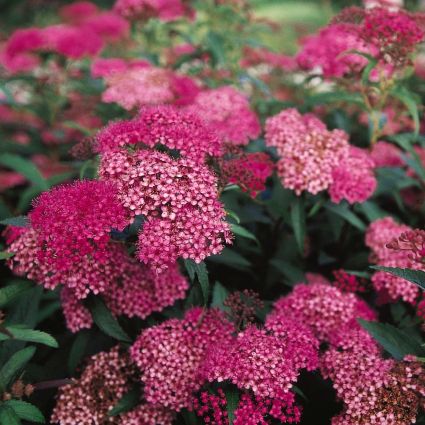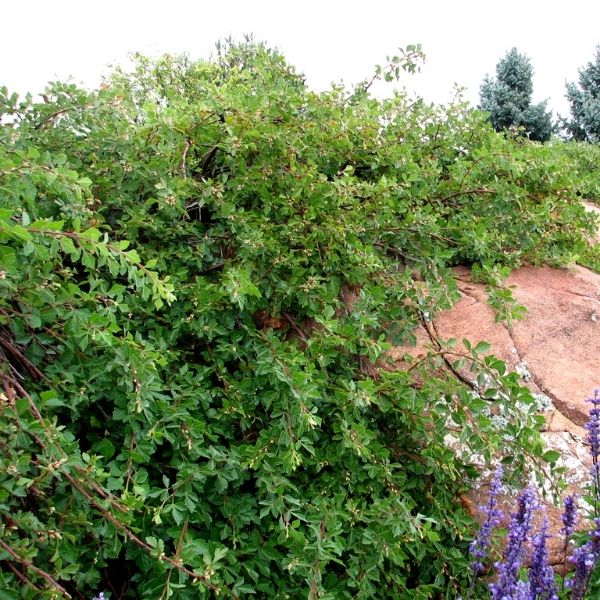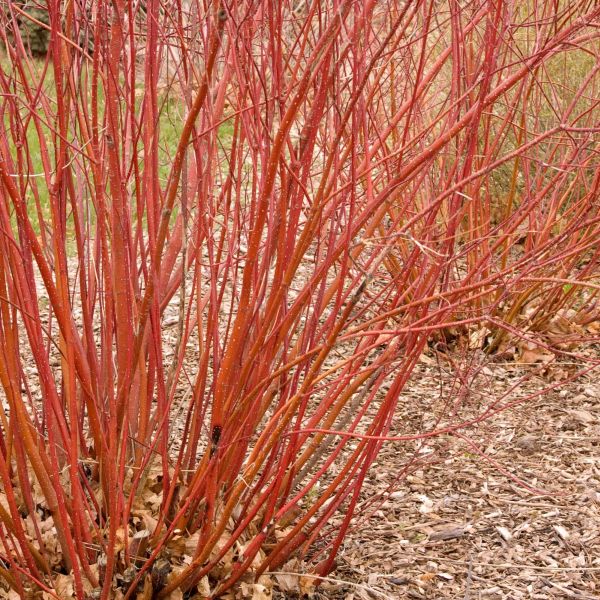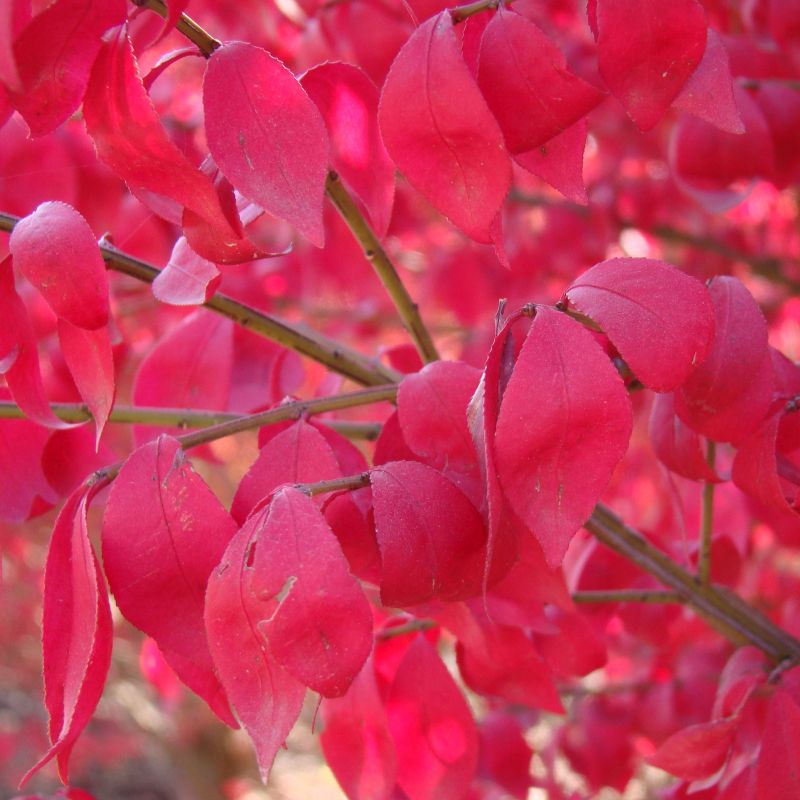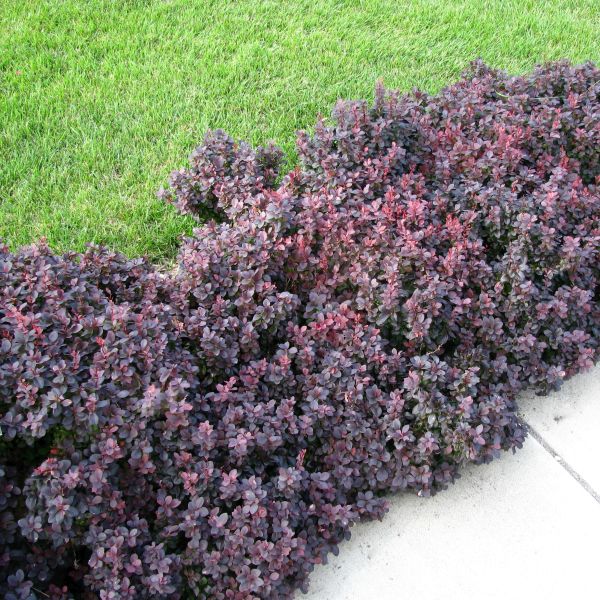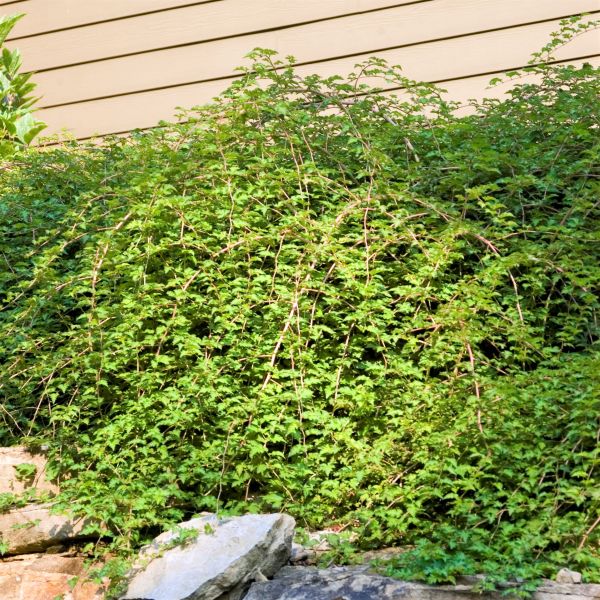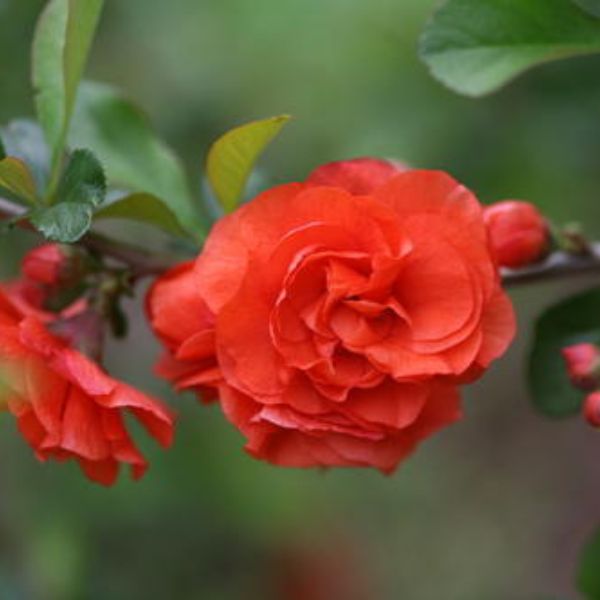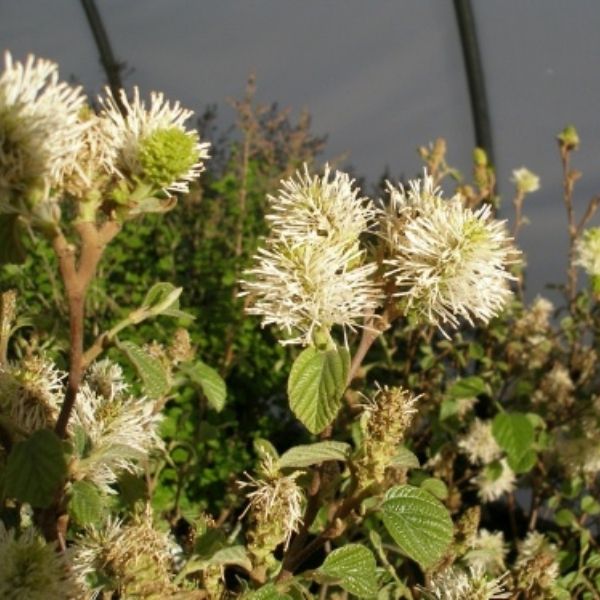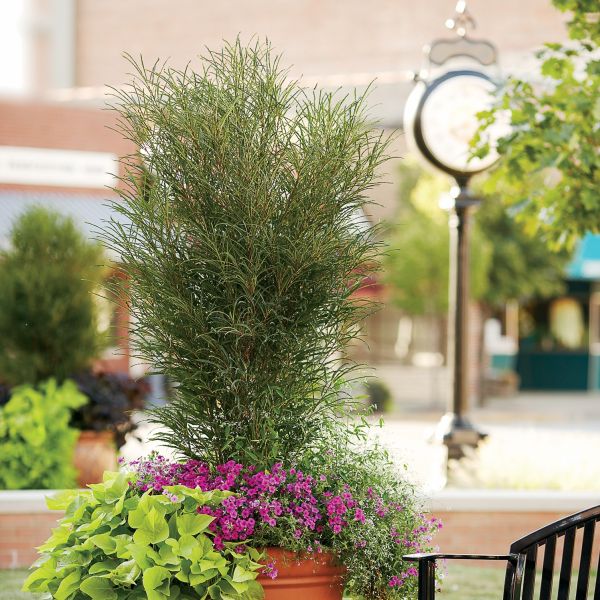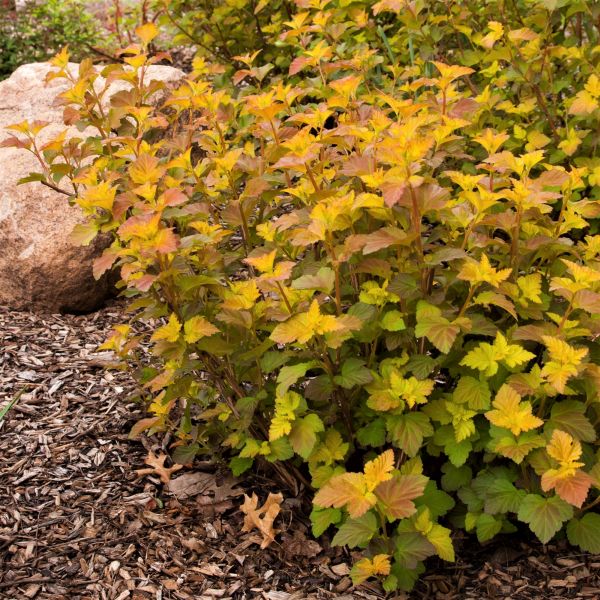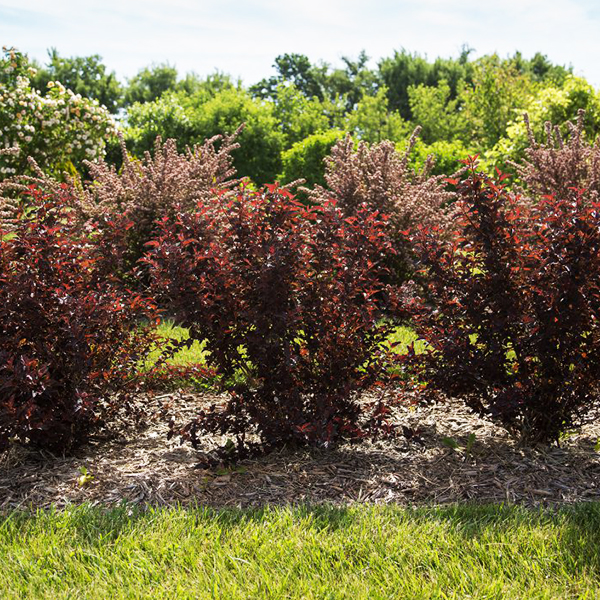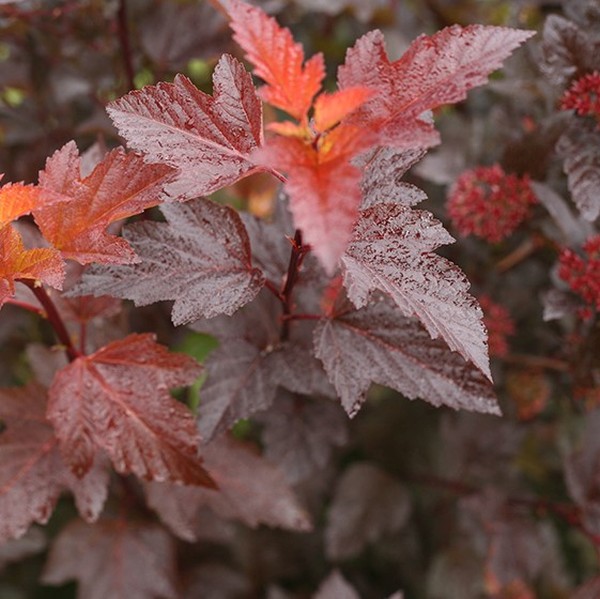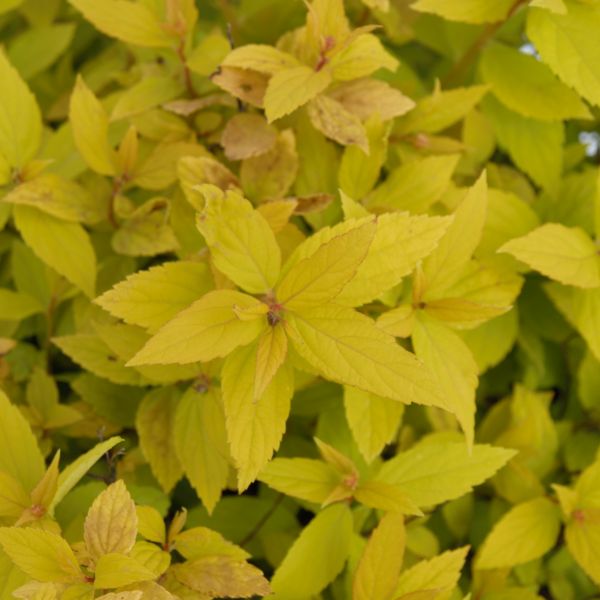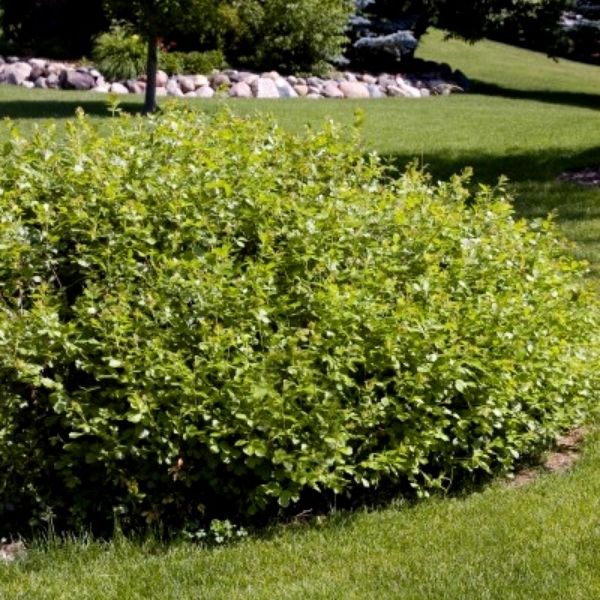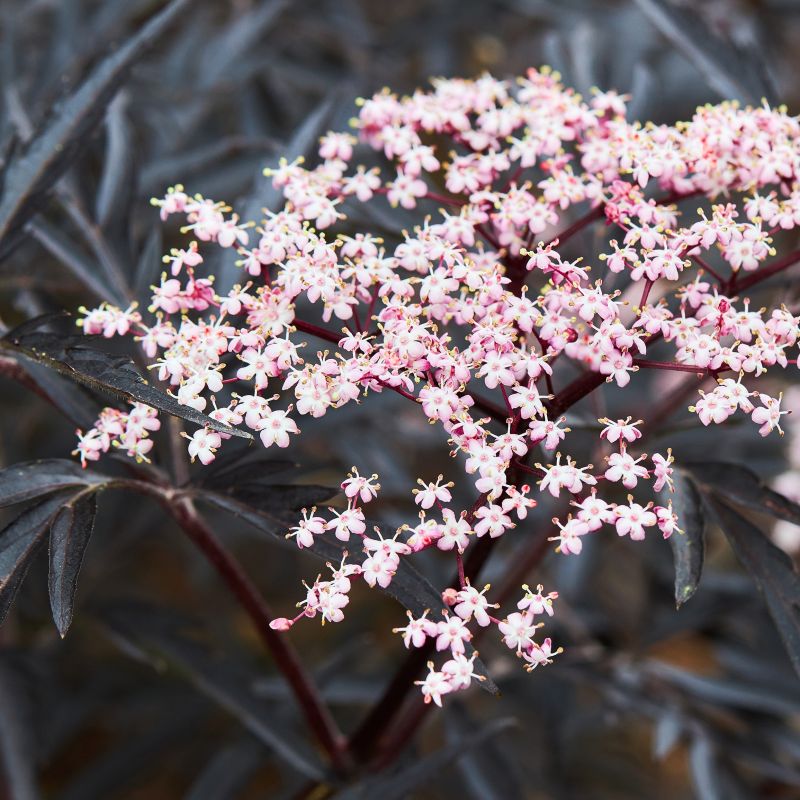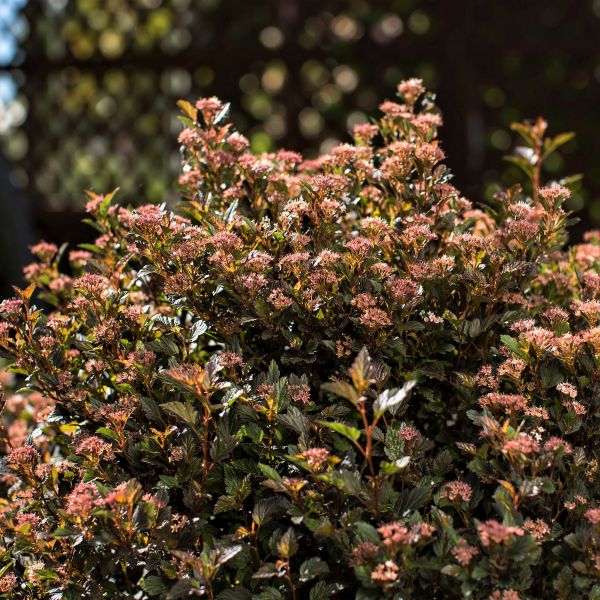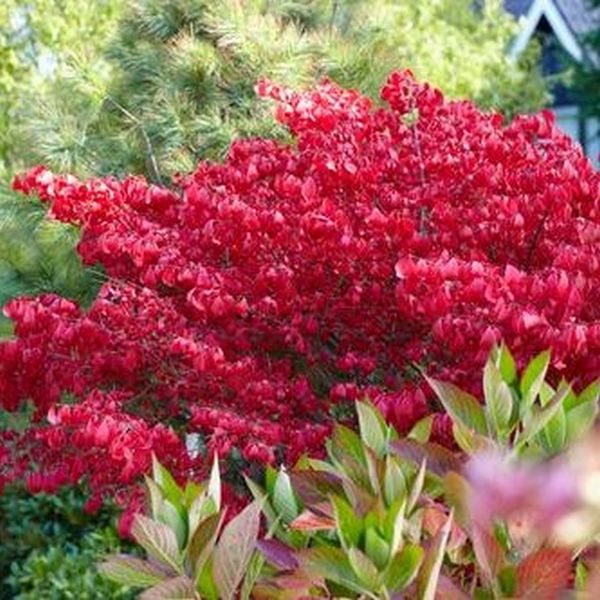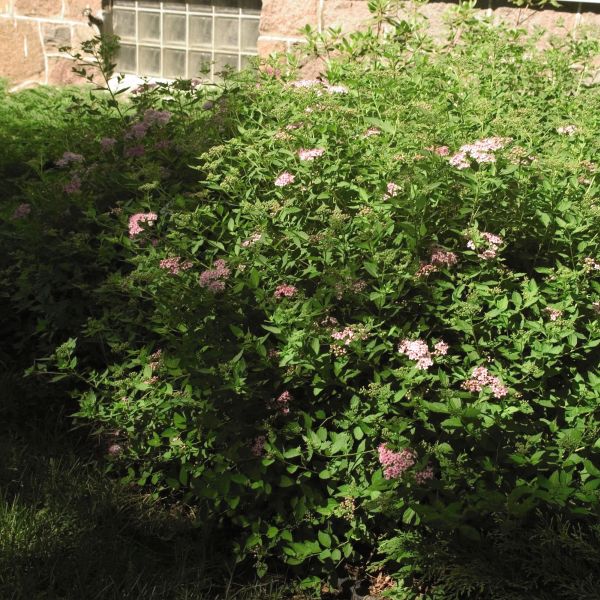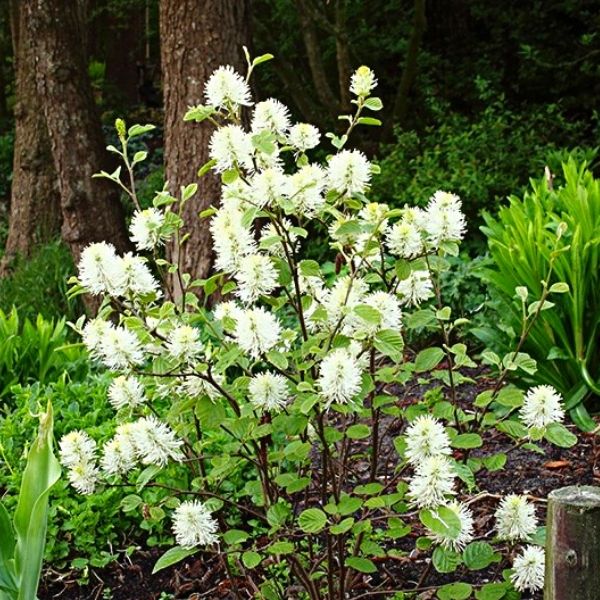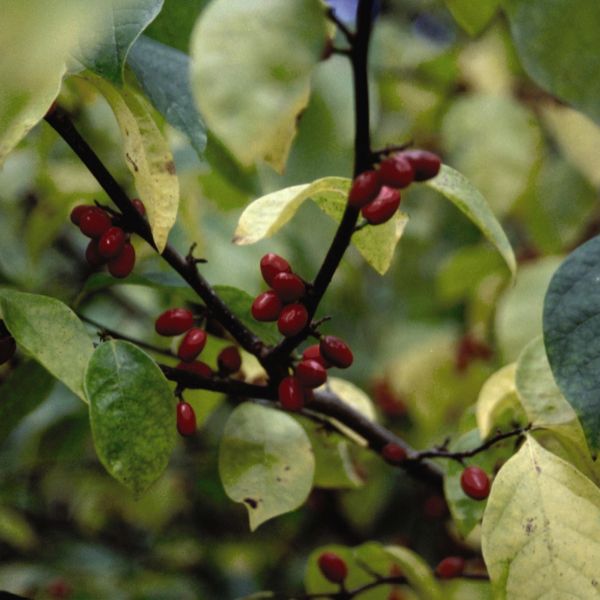
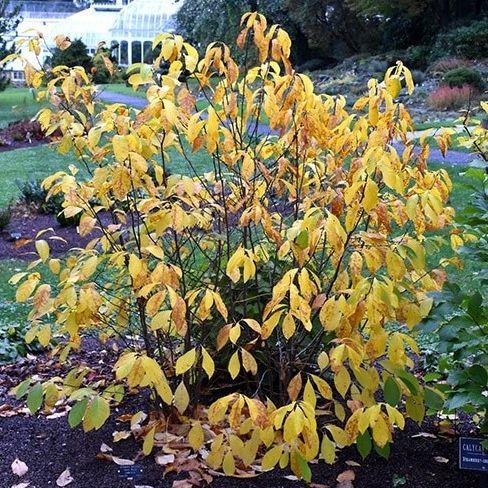
Spice Bush
Lindera benzoin
19 reviews
Spice Bush
Lindera benzoin
19 reviews
- Attracts pollinators such as butterflies and bees
- Provides food and shelter for wildlife
- Beautiful fall foliage and red berries add visual interest to the landscape
- Recommended by landscape designers for optimal fit in real yards
$66.00
$95.00
30% Off
- Ships to 43215 in 3 to 7 days
- Free Shipping Over $150
- Plant Arrival Guarantee
- In Stock
- Free Plant Consult
$200 - Landscape-Approved: Every Plant We Sell Comes With Design Expertise Behind It
- 1 Gallon
- 1.5 Gallon
Not just beautiful - intentionally selected by ShrubHub's 3D landscape design team to fit real-world spaces and maximize yard potential.
Why Spice Bush?
Spice bush (Lindera benzoin) is a versatile shrub that is known for its culinary and medicinal uses. It is a native plant of eastern North America that grows in wetlands, forests and other habitats. The leaves, twigs, and fruits of the spice bush have a spicy and fragrant aroma which can be used in cooking, teas, and as a seasoning. It is also used for its antibacterial, anti-inflammatory, and analgesic properties in traditional medicine.
People who loved this plant also bought
Sunlight
Spice Bush (Lindera benzoin) requires partial shade to full shade and can tolerate a variety of light conditions, including dappled sunlight or indirect light.
Watering
Spice Bush (Lindera benzoin) requires regular watering, especially during its establishment phase. It prefers moist to wet soil conditions and can tolerate occasional flooding. However, it can also withstand short periods of drought once it is fully establ
Fertilizing
The fertilizer requirement for Spice Bush is not well-documented. However, these plants are known to thrive in rich, fertile soils. Consider using a balanced, slow-release fertilizer during the growing season to provide the necessary nutrients.
Spice Bush, also known as spicewood, wild allspice, snap-bush, and Benjamin bush, also commonly called spicebush is a shrub in the laurel family, native to eastern North America. It has a very wide native range. This native shrub has separate plants: male and female flowers.
Spice Bush’s most distinctive feature is the spicy aroma that perfumes the air whenever a leaf or twig is crushed, which gives it its many names. In early spring, the plant blooms with attractive yellow flowers. The male flowers are more prominent and lovelier, but female flowers are followed by bright red fruits (if pollinated by a nearby male pollinator).
Both male and female flowers grow against lovely dark green foliage that becomes more green gold and an attractive yellow in autumn. When the leaves drop, the red drupes become more apparent and prominent, giving it another aesthetical quality.
Spice Bush grows fast, adding about one to two feet annually. It grows about 6 to 12 feet tall. It is low-maintenance and can grow as a perennial in all parts of the continental U.S.
Spice Bush care is easy. It prefers the full sun but can tolerate even the full shade and as it commonly grows in moist woodlands, it likes well-drained soil on the moist side. It should be fertilized twice a year. As a native plant, it is not invasive or an aggressive grower so there be no heavy pruning.
Order yours from Shrubhub today to add this lovely shrub to your shrub borders.
Plant Information:
| Botanical Name: | Lindera benzoin |
| USDA Zones: | 4 - 9 |
| Water: | Moderate to Moist |
| Exposure: | Full Sun |
| Soil Needs: | Well Drained |
| Mature Height: | 6 - 12 feet |
| Mature Spread: | 6 - 12 feet |



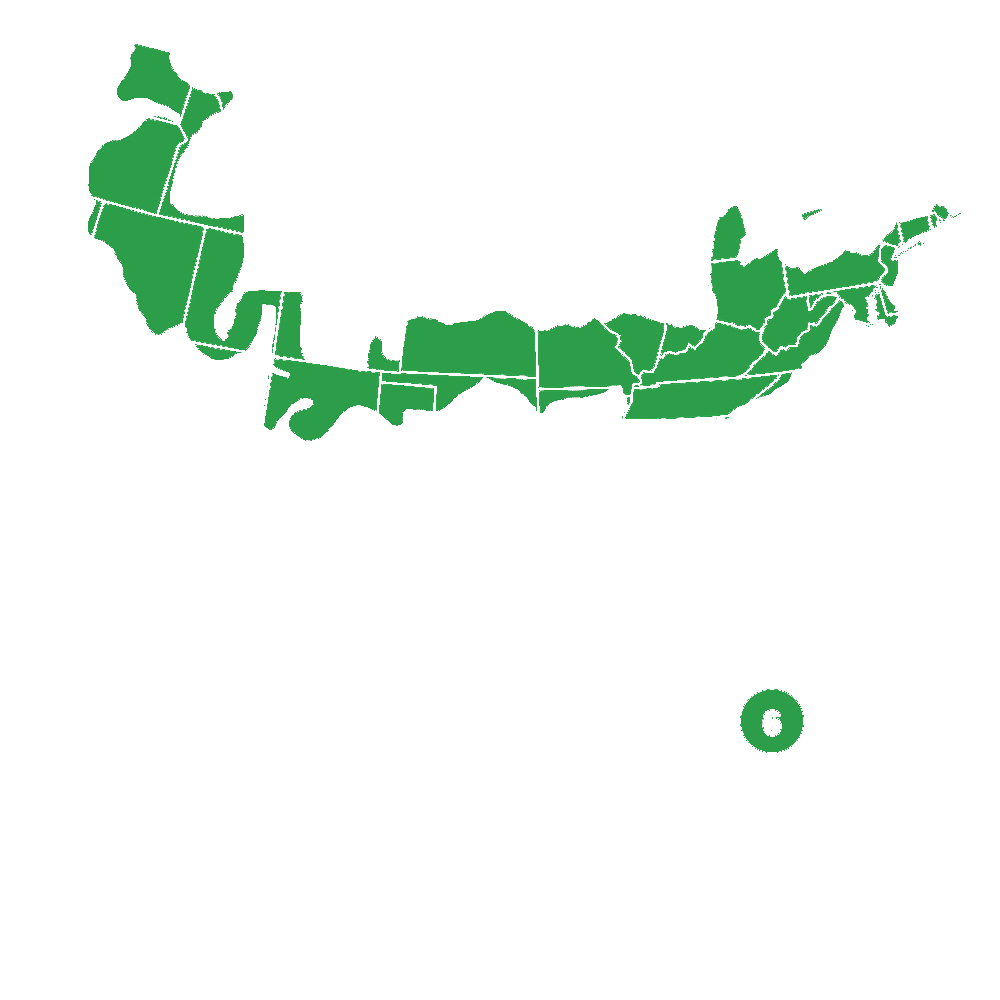

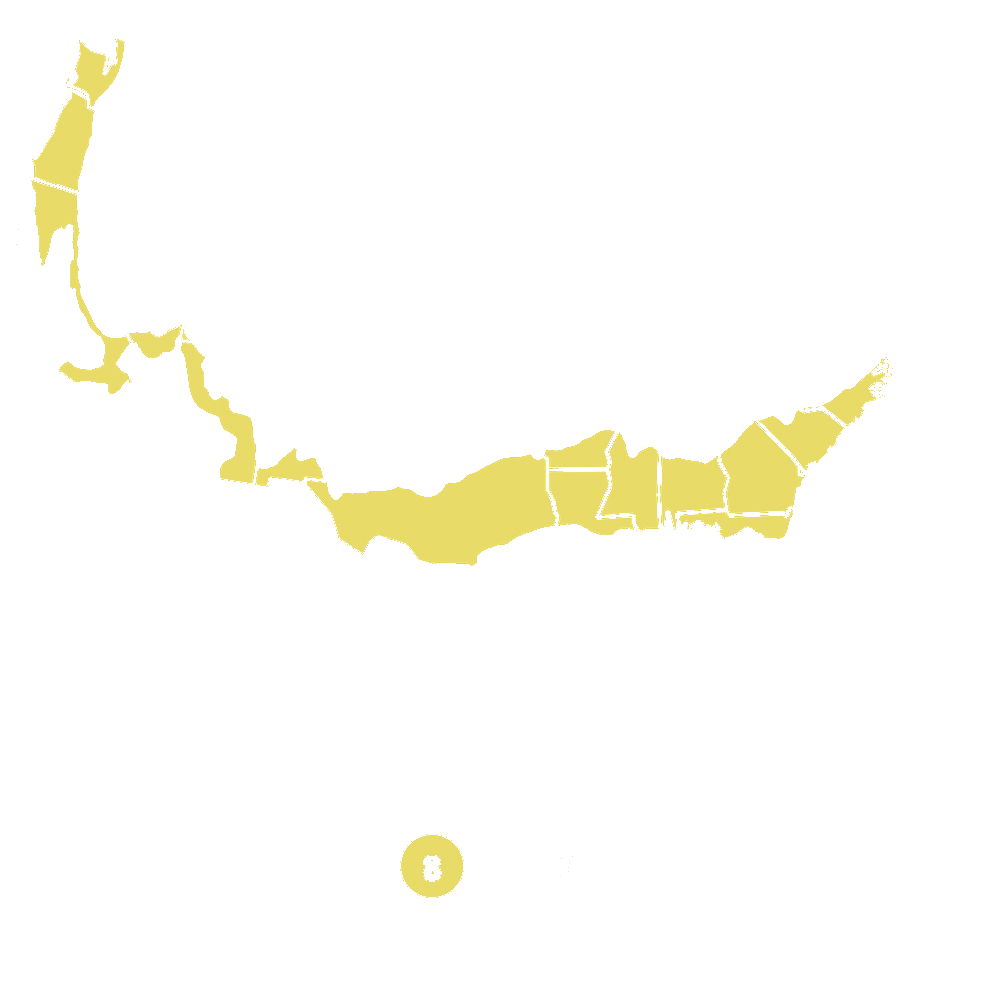

Pollination Info
Pollination Info for Spice Bush (Lindera benzoin)
Spice bush (Lindera benzoin) is a deciduous shrub native to the eastern United States. Its small, greenish-yellow flowers bloom in early spring before the leaves emerge.
Spice bush flowers are pollinated by a variety of insects, including bees, wasps, flies, butterflies, and beetles. The flowers produce nectar, which attracts these pollinators.
Pollination is necessary for spice bush to produce fruit, which are small, red berries that ripen in late summer. These berries are eaten by songbirds, which help to disperse the seeds.
Spice bush is also a host plant for the spice bush swallowtail butterfly. The female butterfly lays her eggs on the leaves of the spice bush, and the hatched caterpillars feed on the leaves before forming a chrysalis and emerging as an adult butterfly.
FAQ
Spice Bush (Lindera benzoin) FAQ
What is Spice Bush?
Spice Bush is a deciduous shrub native to eastern North America. It is also known as Benjamin Bush or Wild Allspice, and its scientific name is Lindera benzoin.
What does Spice Bush look like?
Spice Bush is a medium-sized shrub, typically growing 6-12 feet tall and wide. Its leaves are ovate and shiny, turning yellow in the fall. It produces tiny yellow flowers in early spring, which are followed by red fruit in the fall.
Where does Spice Bush grow?
Spice Bush grows in the understory of moist, shady forests, and along streams and wetlands. It is most commonly found in the eastern United States, from Maine to Florida and west to Texas and Nebraska.
Can I grow Spice Bush in my garden?
Yes, if you live in a suitable climate and have the right conditions. Spice Bush prefers a moist, shaded location with well-draining soil. It can tolerate sunnier conditions, but will require more water. It is also tolerant of a wide range of soil types, from sandy to clayey.
What are the benefits of growing Spice Bush?
Spice Bush is an attractive shrub that can provide year-round interest in the garden. Its yellow flowers in spring and red fruit in fall are particularly attractive. Additionally, Spice Bush is a host plant for the Spicebush Swallowtail butterfly, and its leaves and twigs have a spicy, aromatic fragrance that can be used in cooking and teas.
How do I care for Spice Bush?
- Water regularly, especially during dry periods.
- Prune in late winter or early spring before new growth begins.
- Fertilize in early spring with a balanced fertilizer.
- Apply mulch around the base of the plant to retain moisture and suppress weeds.
- Monitor for pests and diseases and treat as needed.
Can Spice Bush be propagated?
Yes, Spice Bush can be propagated by seed, cuttings, or layering. Seed propagation is the easiest method, although it can take 2-3 years for the plants to become established. Cuttings should be taken in late summer or early fall, and layering can be done in early spring.
Is Spice Bush edible?
Yes, the leaves, twigs, and berries of Spice Bush have a fragrant, spicy flavor and can be used in cooking and teas. They can also be dried and ground for use as a spice.
Are there any risks associated with Spice Bush?
There are no significant risks associated with Spice Bush, although some people may be allergic to the plant. Additionally, the red fruit of Spice Bush is not edible and should not be consumed.
Where can I buy Spice Bush?
Spice Bush can be purchased at many nurseries and garden centers, as well as online. It is also available through native plant societies and conservation organizations.
Planting & Care
Planting Spice Bush (Lindera benzoin)
- Spice bush prefers to grow in partially shaded areas with well-draining soil.
- Plant Spice bush in the spring or fall, preferably before the first frost.
- Dig a hole that is two to three times the width of the Spice bush's root ball.
- Place the Spice bush in the hole, ensuring that the top of the root ball sits level with the surrounding ground.
- Backfill the hole with soil and water thoroughly to help the plant settle into its new home.
- Apply a layer of mulch around the base of the Spice bush to help conserve moisture, suppress weeds, and maintain consistent soil temperatures.
Caring for Spice Bush (Lindera benzoin)
- Keep the soil around the Spice bush evenly moist, but not waterlogged.
- Feed Spice bush with a slow-release fertilizer in the spring.
- Prune Spice bush in the early spring before new growth begins to shape the plant and remove any damaged or diseased branches.
- Spice bush is relatively pest and disease-free, but occasionally Japanese beetles, scale insects, and spider mites may be an issue.
- Although Spice bush is a low-maintenance plant, it benefits from occasional weeding, watering during dry spells, and mulching to protect its shallow roots.
Check Out These Verified Customer Reviews:
Customer Reviews
4.6 out of 5 based on 19 reviews
Thank you! Your review has been submitted.
Impressed with the quality of the spice bush. It's so vibrant and full of life.
Absolutely love my spice bush, even better than I expected. Highly recommend this seller.
Fast shipment and careful handling of the spice bush. Arrived in perfect condition.
Item has been added to your cart.



